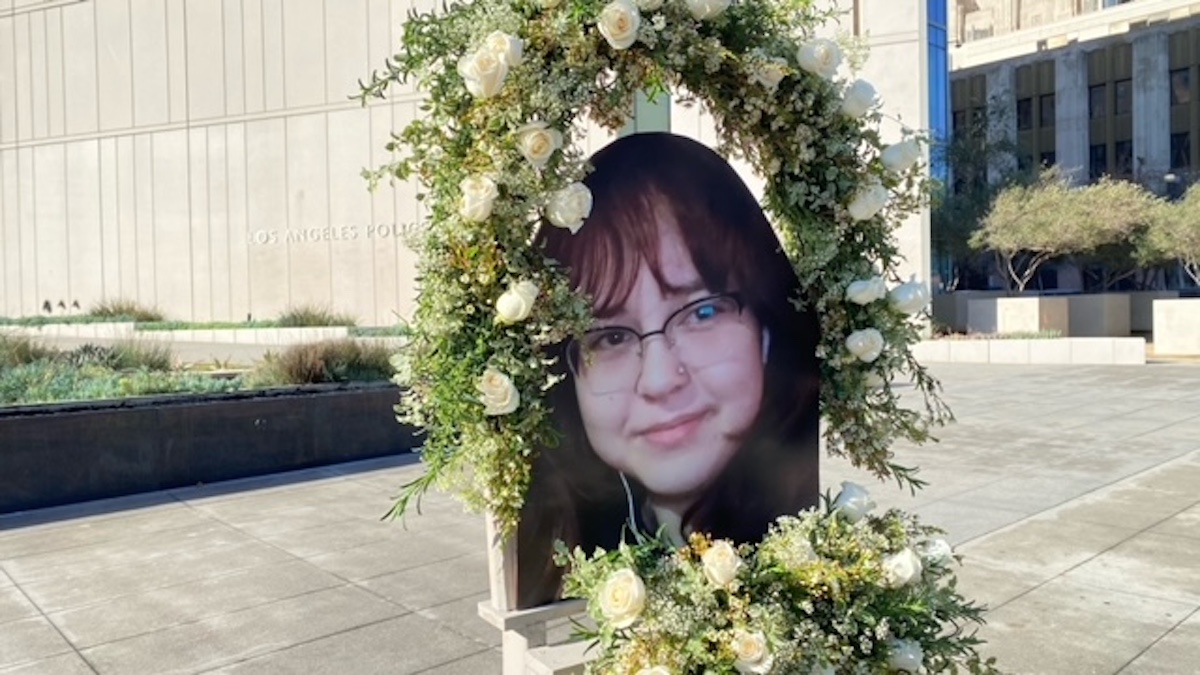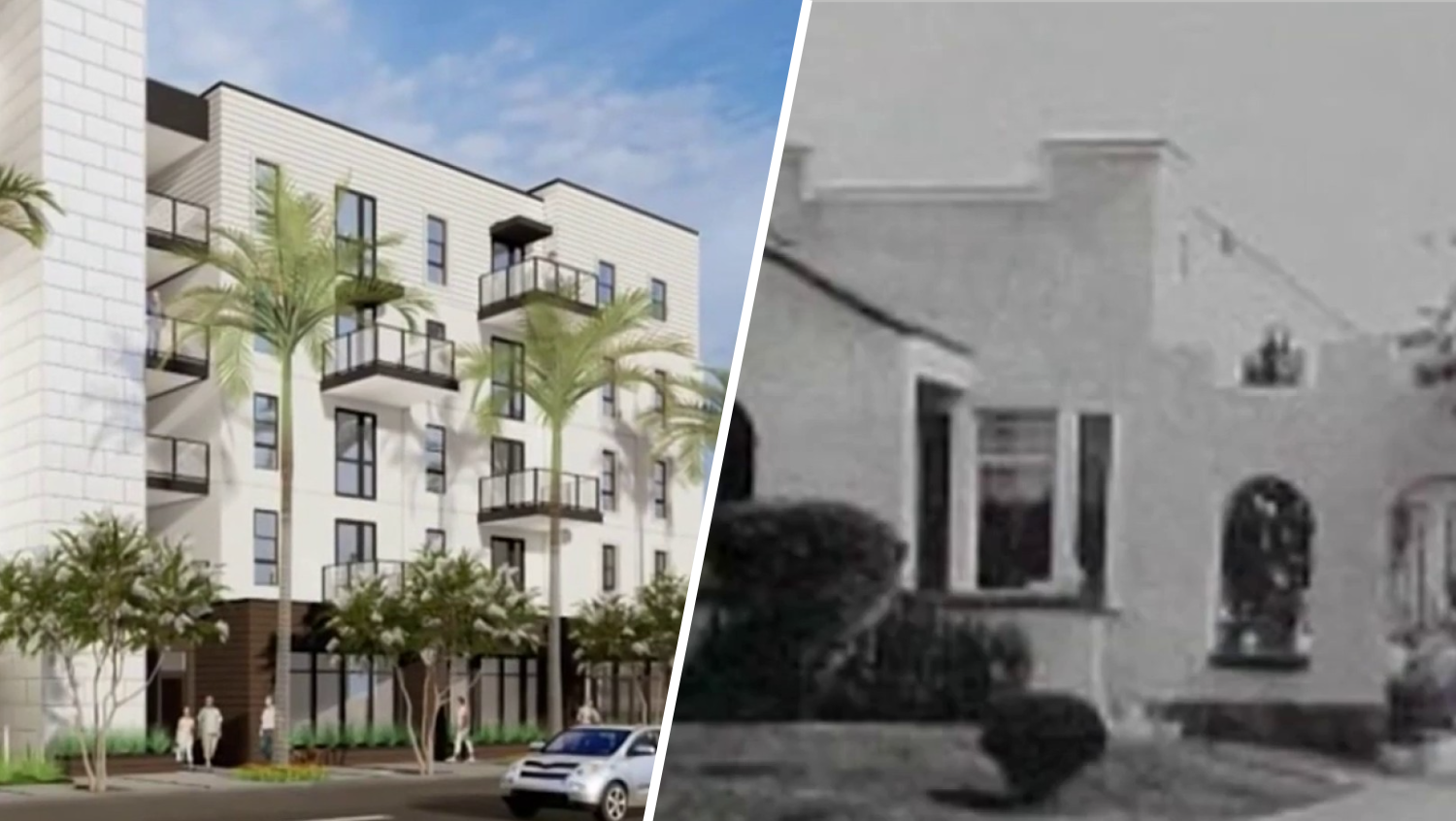A piece of Los Angeles history is about to be unveiled downtown and it brings with it a past of outrage and scandal.
On Oct. 9, courtesy of the City of Los Angeles and the Getty Conservation Institute, a 1932 mural, once long forgotten, will be reborn at La Pacita Olvera. The mural is above the Italian Hall and is called "Tropical America."
The story behind it includes an art movement of epic proportions.
Isabel Rojas Williams is the executive director of the Mural Conservancy of LA. Looking at the work of David Alfaro Siqueiros, white-washed and thought to have been destroyed nearly 80 years ago, she says it was an inspiration for the Chicano art movement in Los Angeles.
“He was the one who inspired Chicanos to look for their roots, to fight for the worker and depict social justice,” Rojas Williams said.
Fellow Chicano artists also laud Siqueiros’ creativity.
"His work is filled with powerful, powerful statements," said muralist Willy Herron, who has been helping to restore the murals of the running children on the 101 Freeway in downtown.
Local
Get Los Angeles's latest local news on crime, entertainment, weather, schools, COVID, cost of living and more. Here's your go-to source for today's LA news.
"Siqueiros was probably my strongest inspiration," Herron said.
During the LA mural moratorium, Herron has been using his hands to help restore other murals around the city. He says the murals are a connection between LA’s past, present and future.
"They create the face of the diversity," he said. "The Black murals, the Chicano murals, the Asian murals are all important because they make up what this city is all about."
At Olvera Street, the Siqueiros mural is expected to bring with it a new dawning of mural art in LA.
When Siqueiros was asked to paint it in 1932, it was during the Great Depression and what he witnessed in LA was far from tropical.
"This city was not a Tropical America," said Rojas Williams, "there were deportations happening, many people of Mexican descent who were born here were deported from here."
Siqueiros started painting the left and right sides of the mural first: rain forests, a Mayan pyramid; but he left the center piece empty until the night before the unveiling.
"He came here in the middle of the night and painted the center piece," Rojas Williams explains, "it’s an indigenous worker with a double cross. And above the worker is an eagle."
It was a representation of the oppression of the indigenous worker by imperialists.
"Everybody gasped because it was so powerful, the colors were striking," Rojas Williams said.
The context didn’t go over well with those running the city at the time and the mural was white-washed, painted over. In the 1970s, while social turmoil gave rise to the Chicano movement, that mural began to bleed through its white curtain.
"The mural began to reappear on the wall, like a vision, like an ‘aparición’ as we say in Spanish. Which also the Chicanos took as a sign for them to look for their roots."
Connected through Siqueiros, Chicano artists went on to create hundreds of murals around Los Angeles, many conveying social injustice, themes of identity and ancestry.
While some have fallen victim to graffiti, others are just now beginning their rise to life again. They are connecting future generations with the roots of their past.



